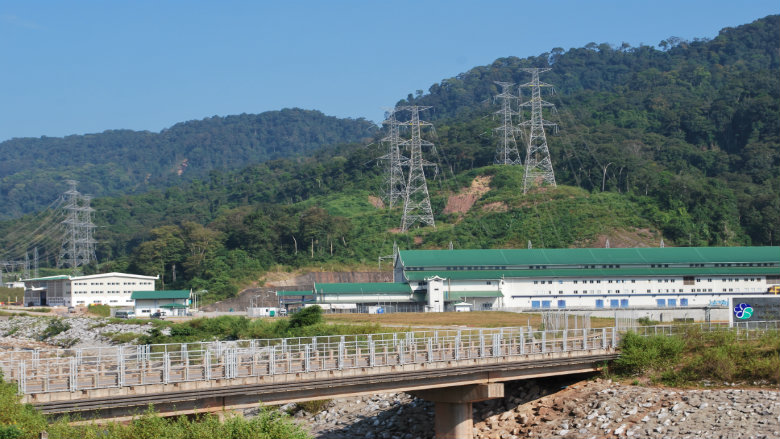Key Findings
- Lao PDR has been one of the fastest growing economies in the East Asia and Pacific region and is projected to grow at around 7% in 2016
- Increase in power generation, which is expected to increase by 30% as a result of the Hongsa Lignite power project (1878 MW) and smaller projects, continued growth in the service sector, construction and some dynamism in manufacturing are key drivers for growth.
- However, Lao PDR still faces some downside risks. Externally, economic slowdown in main trading partners might have an impact on trade and investments in the country.
- Lower oil and commodity prices kept inflation low during 2015 and so far in 2016. Retail fuel prices in March 2016 reached their lowest level in six years. However, food prices picked up due to unfavorable weather. Core inflation (excluding fuel and food) remained stable.
- The fiscal deficit is estimated to have declined slightly to 3.7 percent of GDP in fiscal year 2014/2015, supported by controls on expenditure growth and stronger efforts to increase non- resource revenues to compensate for falling mining revenue and declines in foreign grants. The deficit is expected to widen in fiscal year 2015/2016 due to soft commodity prices continuing to put pressures on revenues and limited room to adjust spending in the short term.
- Foreign reserves increased in 2015, but remain a thin buffer at around 2.2 months of imports. Building up reserves to increase buffers against shocks remains critical to macroeconomic stability.
- The banking sector expanded significantly with new foreign branches from the region entering the market bringing the total to 40 banks. Addressing risks to the banking sector, notably weak capitalization and poor loan portfolio in some weak banks can help safeguard sector stability.
- The exchange rate of the Lao Kip remained stable against the US dollar. It appreciated against regional currencies. The real exchange rate continues to appreciate, affecting the competitiveness of Lao exports.
- The Government moved forward some reforms during 2015 including the approval of the State Budget Law that enhanced budget management, strengthening regulations on anti-money laundering and counter-terrorism financing, as well as expanding coverage of the credit information system.
Poverty Reduction in Lao PDR
The Lao PDR Poverty Policy Notes, highlighted in the Lao Economic Monitor (May 2016), finds that poverty has declined but many households are still vulnerable to falling back into poverty. Creating better economic opportunities for the poor and non-poor can help accelerate poverty alleviation.
- Poverty in Lao PDR declined from 33.5% to 23.2% in the last decade lifting half a million people out of poverty. Improved skills and knowledge, increased access to land, coupled with non-farm job creation, were major drivers of poverty reduction.
- Many people escaping poverty remain close to the poverty line – about half of the poor in 2013 were not poor in 2008. Agriculture and health shocks are the main drivers of household vulnerability, putting them at risk of falling back into poverty.
- The report provides suggestions on reducing poverty further, such as increasing productivity both in agriculture and off-farm and creating more non-farm jobs. In addition, improving the business environment will be necessary to attract investment to create non-farm jobs and raise wages without hurting competitiveness, as well as increasing investment in education and strengthening the social protection system.
